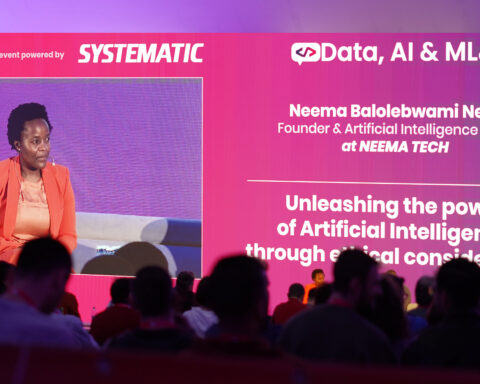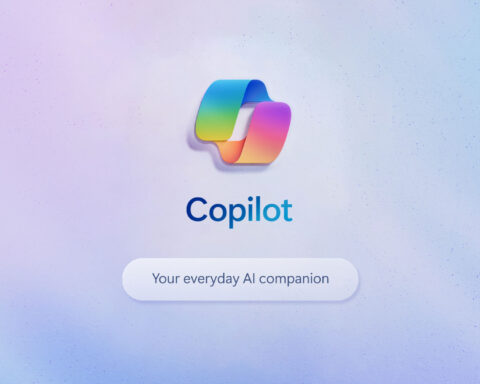The most recent addition to the social media realm is “Threads,” an Instagram-linked app that’s set to stir up the microblogging fray. So, what sets these two platforms apart?
Threads vs. Twitter
Before we dive into the nitty-gritty of their differences, let’s take a quick look at what these platforms are all about.
Twitter is an old-timer in the world of microblogging, having been around since 2006. Twitter’s famous (or notorious, depending on how you see it) 280-character and 2 minutes 20 seconds video limit has shaped the way we consume and share information on the internet. It’s all about speed, brevity, and wit, the modern-day equivalent of crafting a sonnet, albeit with less rhyme and more reason. Or, as someone once joked, “Twitter: Because your uninformed political opinion in five paragraphs was one paragraph too many.”
Threads, on the other hand, is the new kid on the block, powered by Instagram. It made its debut this year as a microblogging platform that allowed users to create posts with up to 500 characters of text or five minutes of video content. While the idea of a group chat seamlessly integrating with social media posts might seem novel, that’s precisely what Threads brought to the table, creating a unique user experience.
When it comes to sharing news quickly, Twitter is the go-to platform on a global scale. It boasts a robust search function that allows users to search for a variety of content such as trending news, keywords, hashtags, usernames, and people.
Threads has a more limited search capability that only allows users to search for accounts at present. However, there is a possibility that Meta may expand the search functionality in the future though no details have been confirmed yet.
In terms of the Threads feed, it is currently very basic. Users can only view posts from those they follow or trending posts. Unfortunately, there is no option to personalize the feed based on user preferences. The only customization option on Threads is to mute specific words or people, which helps users declutter their feed.
Collecting User Data for Ad Revenues: Meta and Twitter’s Approach
Meta and Twitter rely heavily on ad revenues, leading to the collection of vast amounts of user data from relevant platforms. As a result, Twitter feeds are consistently filled with ads and sponsored content, although Blue subscribers tend to come across fewer. One thing that can become a clear differentiator is Twitter’s decision to introduce ad revenue-sharing options with influencers and content creators.
In contrast, Threads is currently free of ads. Although this means that your feed won’t be filled with advertisements, you also won’t be able to promote any posts to reach a wider audience. So, Threads or Twitter? The choice is yours. Just remember the immortal words of Spider-Man (or was it Voltaire?): “With great microblogging power, comes great responsibility.” Post wisely!





